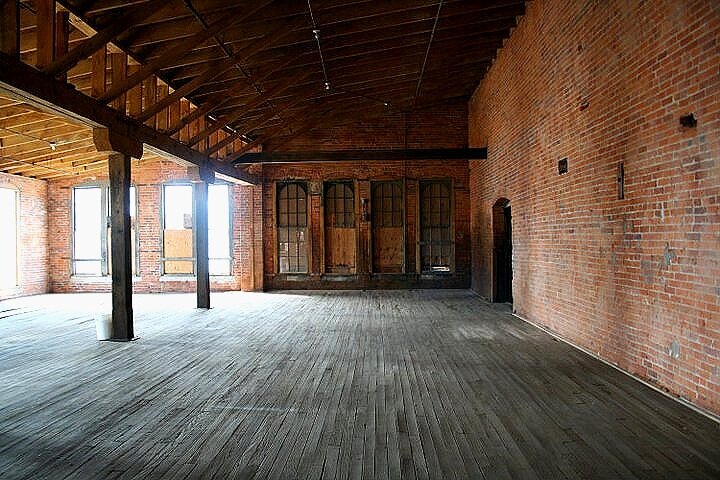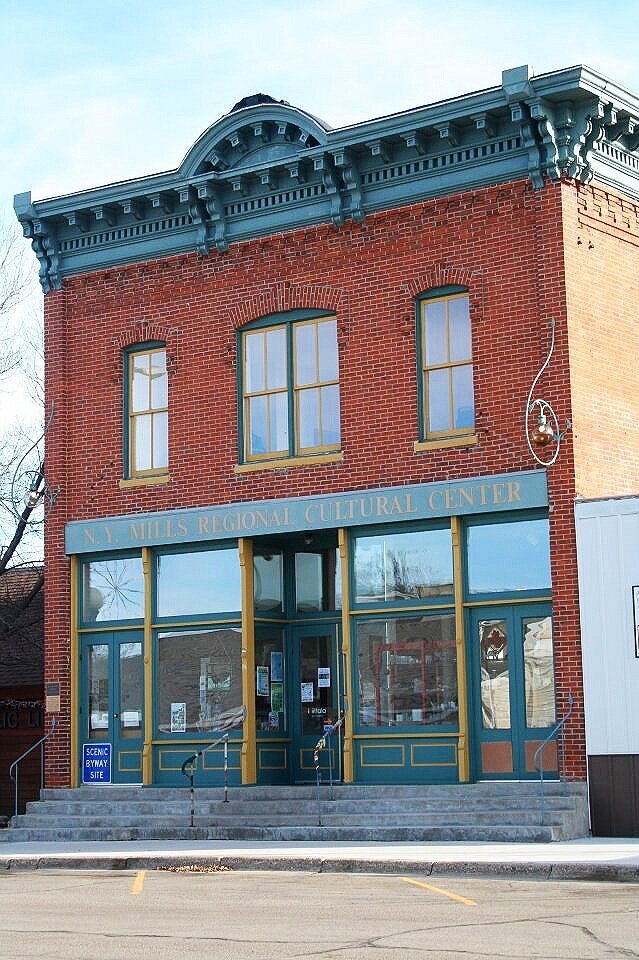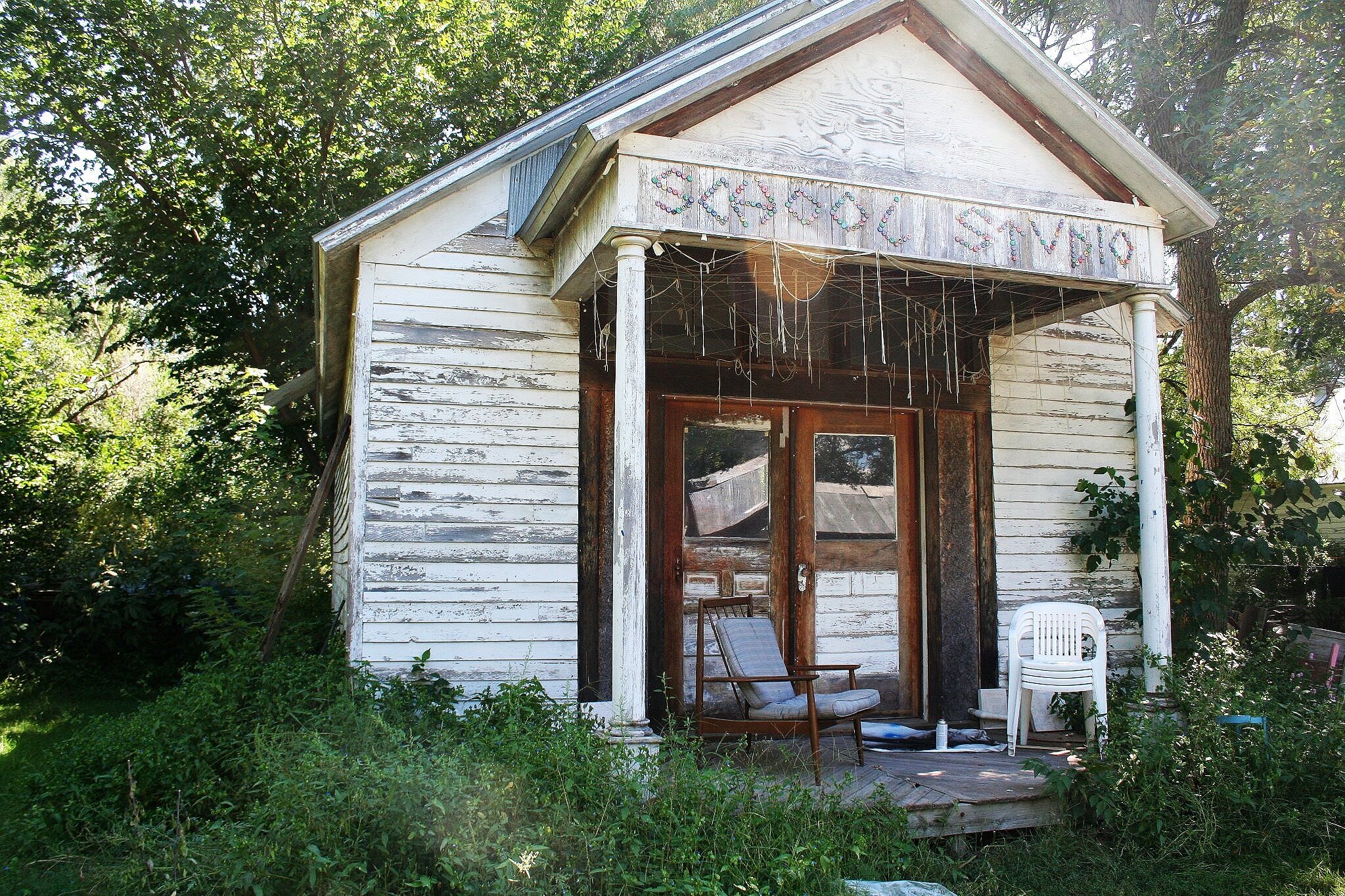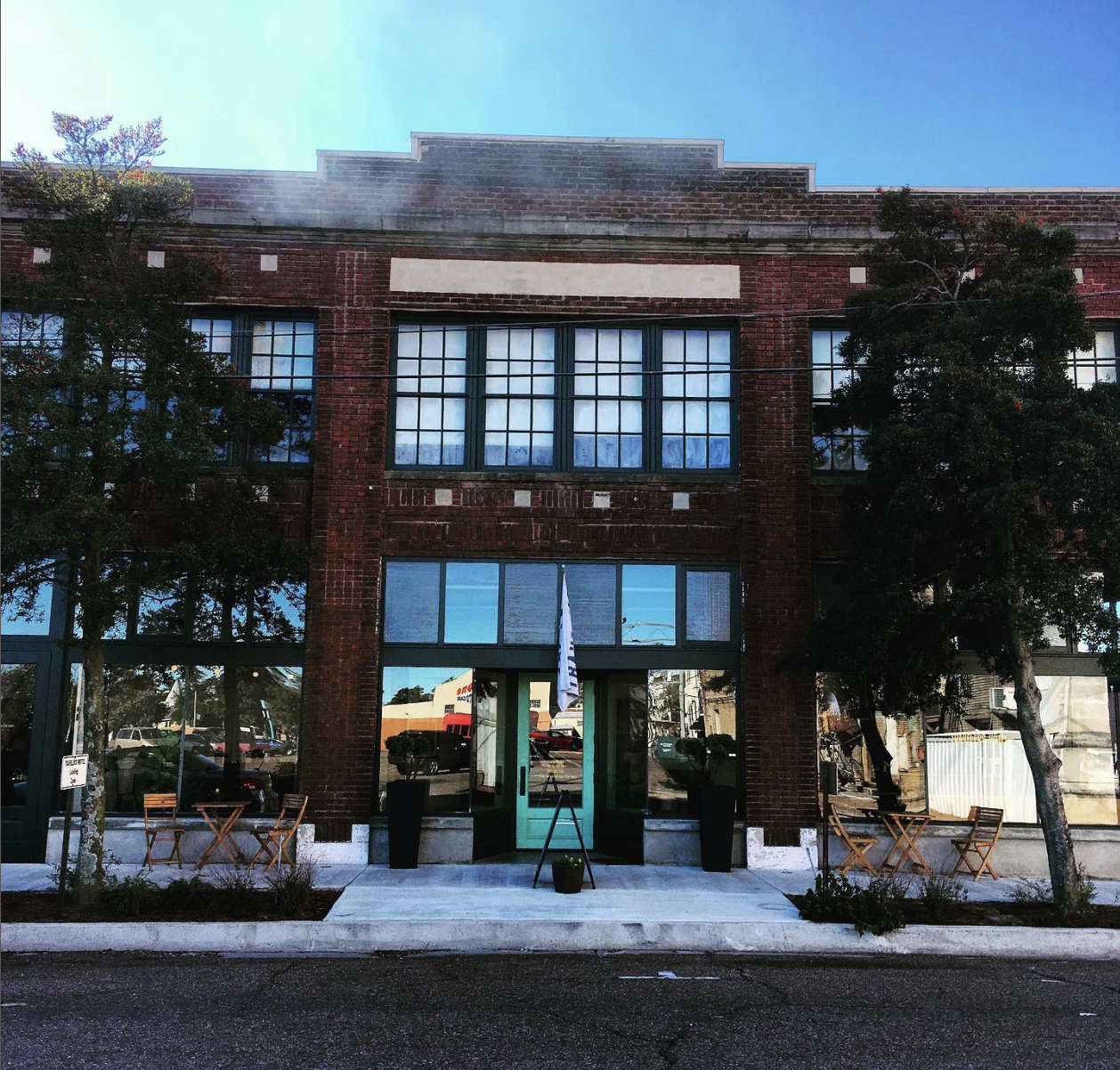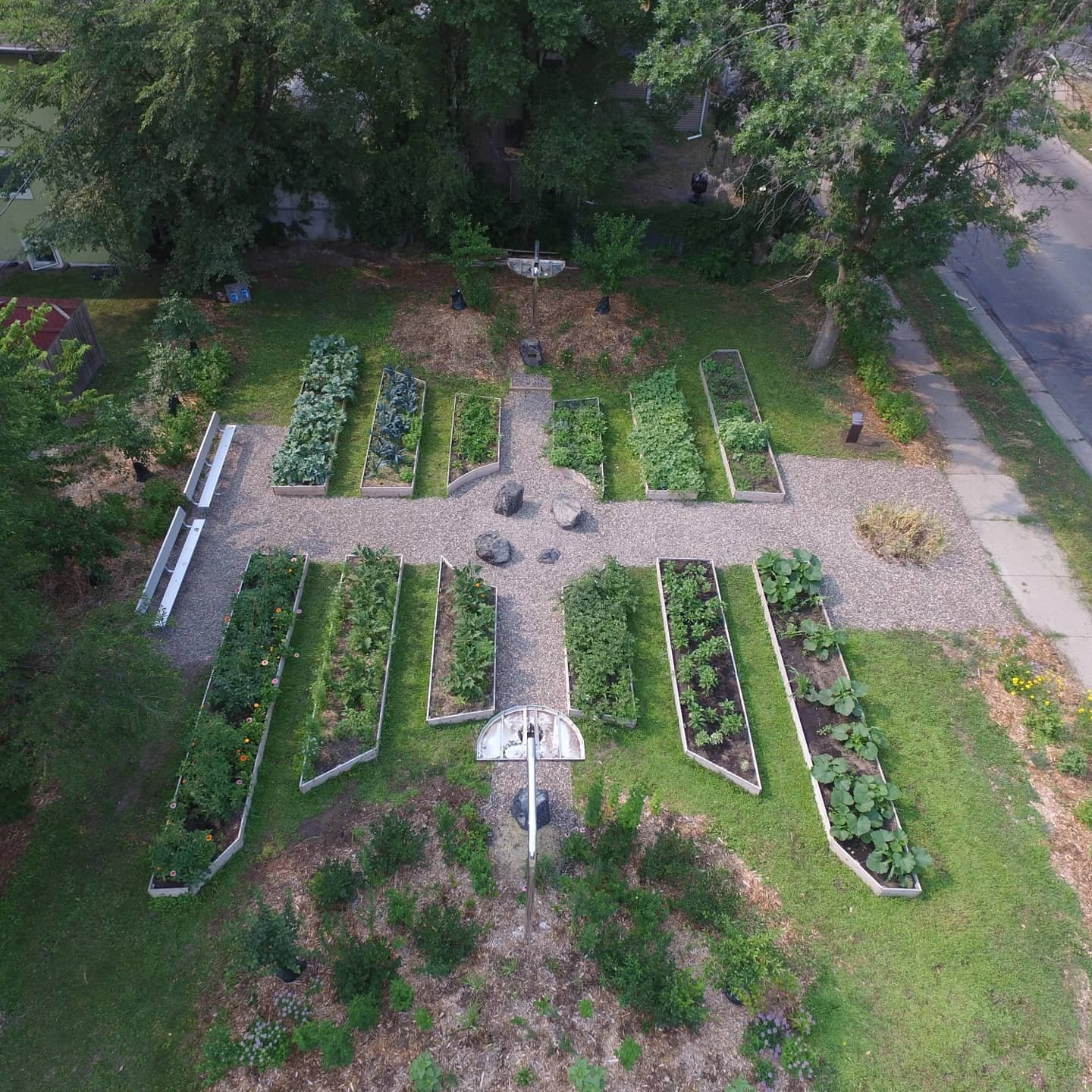The Power of Artist-in-Residence Programs for Artists and Communities
Artist-in-Residence farmhouse at Whiterock Conservancy, Coon Rapids, Iowa.
What Are Artist-in-Residence Programs?
Places that provide artists with time, space, and other resources to make their work. The details vary a lot, but that’s the gist. Essentially, vacations for artists - that’s what they feel like anyway, since many of us juggle other j-o-b-s with family and daily responsibilities. At an artist-in-residency (AIR), none of that gets in the way of creation.
Plus, AIRs enable artists to combine their creative process with travel. Over the years, I’ve spent been to residency programs in:
six weeks in an old rope factory in Peoria, Illinois
a couple of weeks in a river house at Whiterock Conservancy
many weeks/months traveling the Mississippi Delta, including a current stay at Jx Farms, a former horse farm just outside of Cleveland, Mississippi
Without fail, major turning points in my art practice have followed stints at AIRs.
Screen-porch-studio at Jx Farms. Cleveland, Mississippi.
Proof That Travel Benefits Creativity
We all know that our feelers are heightened during travel, which aids in the creative process. Research links travel to creativity and according to Harvard psychologist Shelley H. Carson, '“[creativity] exposes us to new experiences and new ideas. When we are creative, our vision becomes broader and the world opens to us, similar to the way our perspective broadens when we travel.”
Living abroad makes you more creative. Psychologists William Maddux and Adam Galinsky published research linking living abroad with increased creativity, the theory being that adapting to a new culture can psychologically transform you (in a good way).
The Range of Residency Programs
AIR programs operate along a spectrum. On one end, old-school elite residency programs house, feed, and provide artists with private studio space for an extended period of time. (Sometimes with a stipend.) An added bonus is professional networking.
The other end lands more of a community engagement model. The artist is encouraged, and in some cases required, to collaborate with the locals in creating an artwork, a program, or a policy change. Artists dig into their new places in a variety of ways:
There are artists working with the Department of Transportation in Los Angeles and Washington state
Artists working with the City of Saint Paul in the City Artists Program
Artists working in rural communities such as Granite Falls, Minnesota
And artists working with Southwest MN Housing Partnership, among many others.
A terrific middle-ground example comes from Travelers Hotel in New Orleans and Clarksdale, Mississippi. Travelers is a beautiful boutique hotel that is run by artists/creatives in exchange for living on-site. The artists work about 25 hours a week at Travelers and are provided a cool living and studio space.
Travelers Hotel in Clarksdale, Mississippi.
Built in 1923 as a railroad worker boarding house and a local printing company, the Traveler’s Hotel in Clarksdale has transformed into an artist-run hotel and community space. Artists from all over the world live in apartments above Traveler’s sister store, Collective Seed and Supply, and exchange room/board for a few days of work per week.
How Artist-in-Residence Programs Can Benefit Communities
As a community arts nerd, I believe AIRs can benefit communities even more than they artists they serve. One recent example comes from the Walker Art Center in Minneapolis. In 2019. Jordan Weber, a Des Moines-based artist, activist, and Walker Artist-in-Residence, designed Prototype for poetry vs rhetoric (deep roots), a land revitalization project for a former vacant lot in North Minneapolis, an area that has a long history of environmental and social justice activism.
Site plans for Jordan Weber’s Prototype for poetry vs rhetoric (deep roots). Courtesy of Aune Fernandez Landscape Architects.
The Walker Art Center describes the project: “Jordan Weber partners with local youth-development organization Youth Farm to transform a vacant lot into a new public artwork in the form of an urban farm for the community. Designed for use by the local residents, the farm will grow fresh produce and pollution-mitigating plants; vegetables, fruits, berries, and herbs will be available for free; and a community gathering table will create a space for reflection, meditation, and respite.
Weber, who is based in Des Moines, Iowa, has been an artist-in-residence with the Walker’s Education department for the past two years. During that time, he has met with environmental justice activists, nonprofit representatives, youth workers, academics, and city employees to research ways that government policies and urban planning have led to heavy pollution in primarily Black neighborhoods….the work incorporates four pillars of community health commonly addressed by Weber in his practice: self-empowerment and determination; soil and air cleansing; spiritual reflection and meditation; and medicinal and food supply.”
Read about this project and learn more about Jordan and his work here.
Deep Roots Garden. Photo courtesy of Jordan Weber.
Long story short, if you’re an artist reading this, apply for an AIR. And if you’re a civic leader, or part of a community organization, you may consider the benefit of inviting a local artist to be a part of what you’re doing. Or you could invite a non-local artist to live in your community for bit. We creatives thrive on transforming a set of challenges into a new possibility. Our brains are wired to see potential, to see something better.
Artists often leave artifacts on sites. Mural by Sam Skrimpz at Jx Farms, Cleveland, Mississippi.



